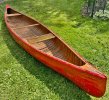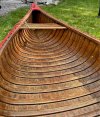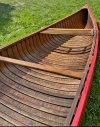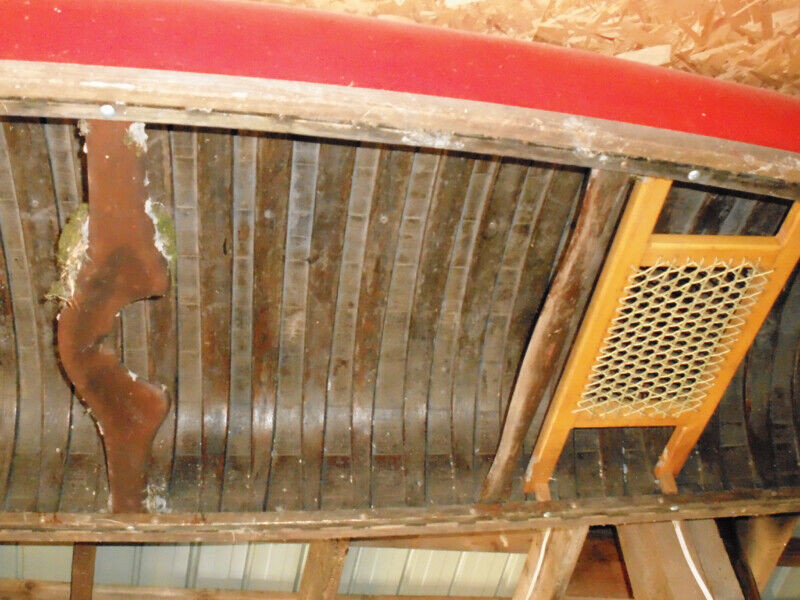I am trying to identify a canoe I bought to restore but just don't have the time. I'd like to know what it's worth so I figured a maker would be a good start. I have a few pictures but can take more of specific areas if it helps
Trying to identify maker of 15'9" Glass covered cedar strip
- Thread starter ReelPro47
- Start date




